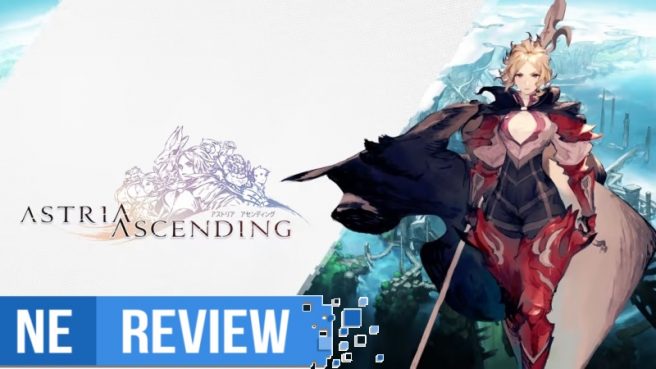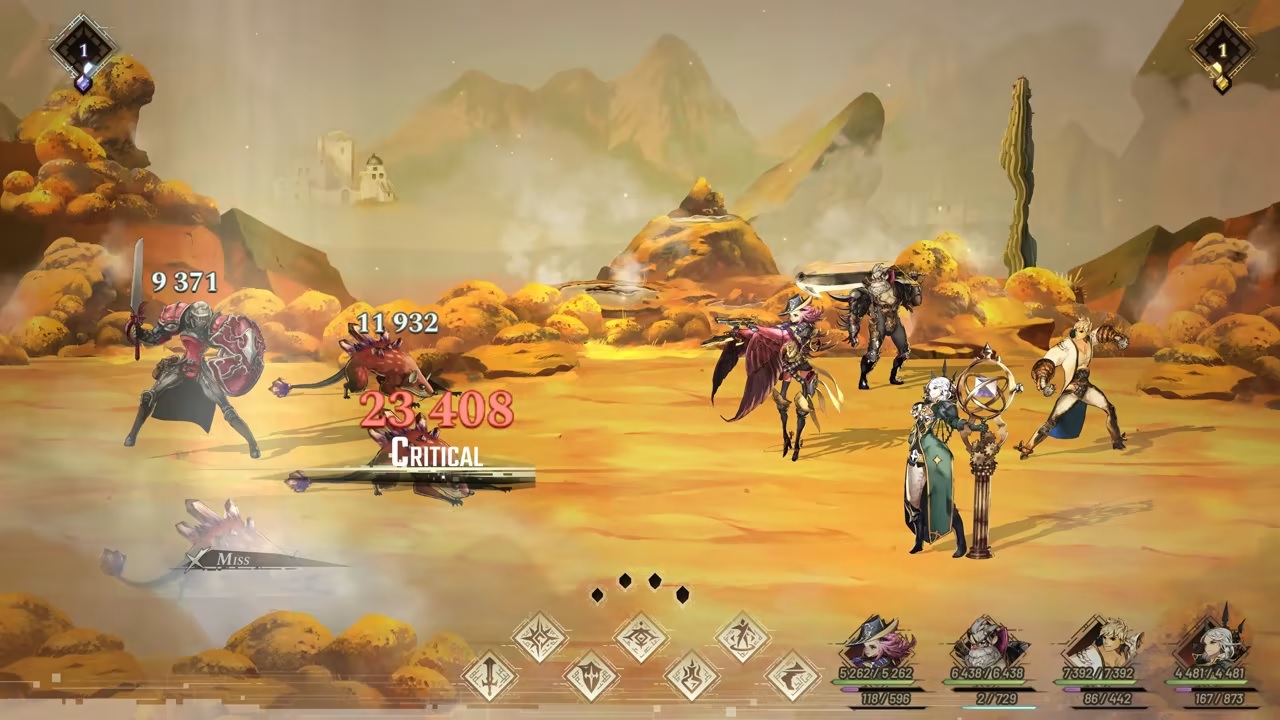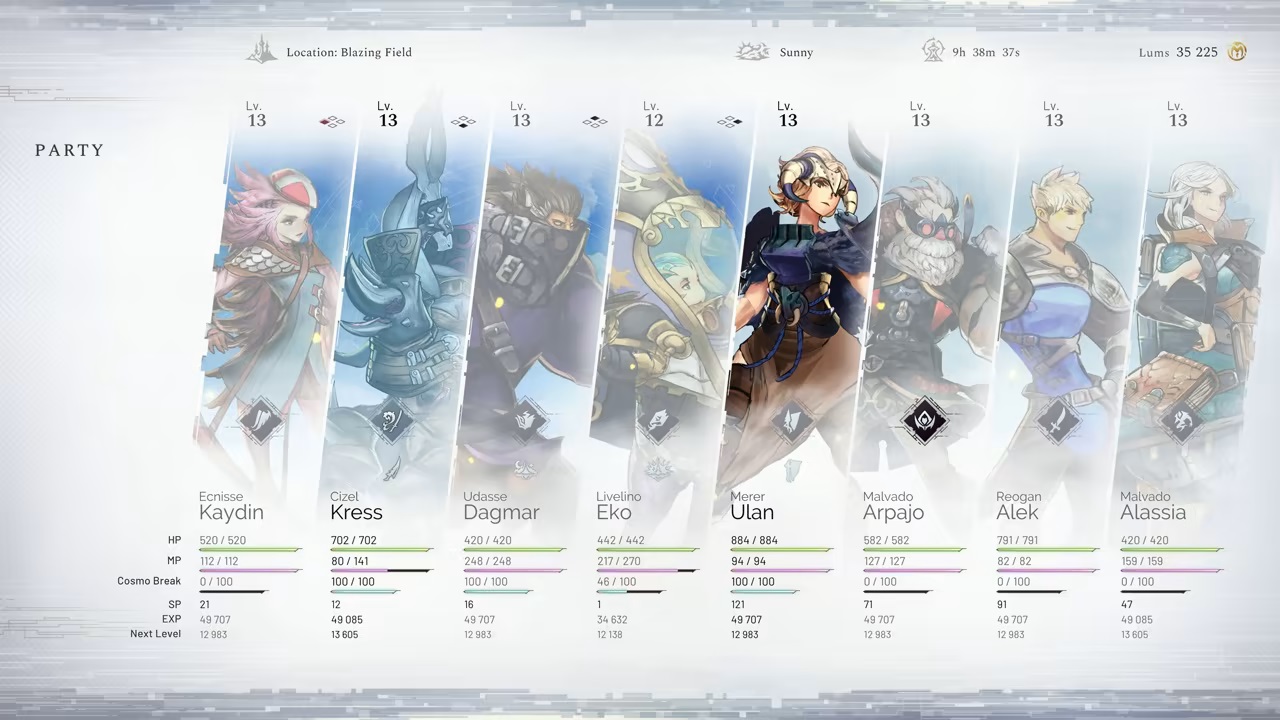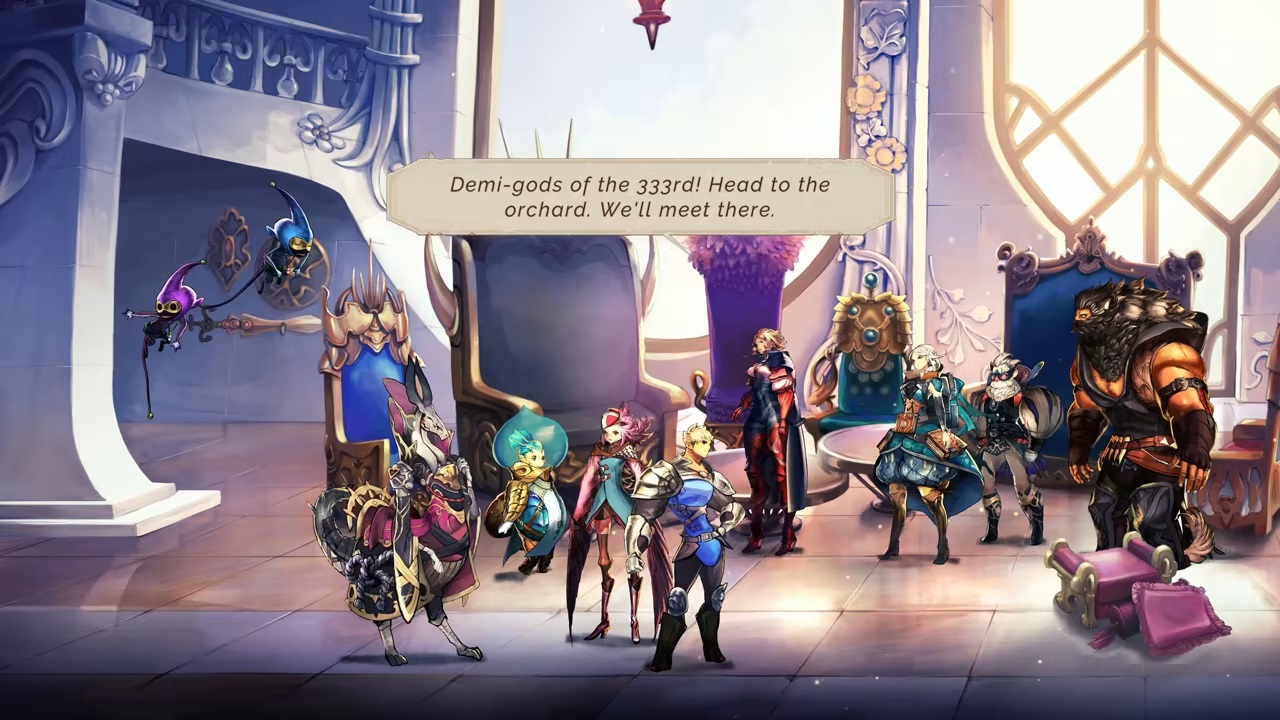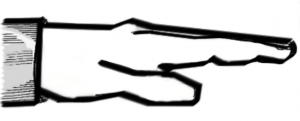[Review] Astria Ascending
Posted on October 23, 2021 by Dennis Gagliardotto(@LyonHart_) in Reviews, Switch
System: Switch
Release date: September 30, 2021
Developer: Artisan Studios
Publisher: Dear Villagers
Nostalgia will always give that sort of feeling of coming back home to something familiar. That same nostalgia, however, can also be driven back not only with the things of the past, but with new experiences that pay homage to the greats of a particular medium. Astria Ascending feels like this in a lot of ways for those that have played JRPGs for a long time, and having been helmed by a collaboration of minds from veterans of some of the genres most illustrious titles and franchises, it’s no wonder why its turn-based gameplay feels both familiar and refreshing. Unfortunately, this same nostalgia can also become a bit of a disservice when relied upon too much and hurts the game in the long run, and while the systems in place for combat are great, it’s the rest of the experience that feels at most times mediocre due to quality of life issues and grindy gameplay.
Astria Ascending is an interesting review given that we were granted our copy on launch day, so as someone who loves to research and dive in as much as possible into how each game is optimized for particular platforms, I’ve cross referenced with the Xbox and PC versions as well to see how the Switch version holds up given the lenient graphical demand of the title. It’s no secret that a game ultimately runs depending on how well optimized it is regardless of art direction of 2D or 3D. Astria Ascending in particular is especially interesting because of its mobile beginnings that got scrapped and ultimately revived into the product we have today, which lends itself as a mostly competent JRPG experience. It hearkens back to some absolute classics with undeniable influence from the likes of Child of Light and Octopath Traveler with how its systems and mechanics carry out its gameplay.
Astria Ascending is a beautiful looking game, but overall performance and visuals on Switch, while not bad, are still diminished enough that it takes away from how crisp and beautiful it can really look on a vibrant screen compared to other platforms. The visuals themselves scale nicely and the renderings in menus and exchanges look really fantastic, but when in motion a lot of assets seem less than sharp. However, despite the blur and reduced frames, it’s not especially egregious as the stunning art direction is strong enough to make up for a few faults and the turn-based nature of the game doesn’t necessitate a high refresh rate. It’s a perfectly solid portable experience that’s worth the few drawbacks if you can forgive Astria Ascending’s dented package.
Everything in Astria Ascending just takes you off to the races right away without any real transition easing you into its world, characters, and events. It can feel rather overwhelming at first which leads to this odd misbalance the game has of being both focused and lost simultaneously. It seems like a storyboard was set down with routes of who should do what and how it impacts each particular character, the race they represent, their honor, and their story, but was done without any real drafting and instead kept the mentality of “the first idea is the best idea”.
It’s a shame that for all Astria Ascending does do well – from its impeccable UI, management systems, art direction, and battle system – its narrative structure and world building give very little to invest in as the game sort of throws everything at you and expects you to have any semblance of emotional attachment to the characters. The voice performances themselves are perfectly fine, but even in the more intense moments and clashes of pride, honor, and comradery, the dialogue is questionable, and the narrative structure of the game is something that is frequently inconsistent and poorly paced to the point I lose interests at times I should be interested. Then when things become interesting again, they just as soon lose traction. With so much happening at once and each character trying to get their say to showcase their personality, strengths, and weaknesses, it can overload the plate for the player when they’d like to get to know each demigod.
On the positive side, with being introduced all the characters from the get go (and I use “introduce” loosely), it at least makes party management something you can take care of from the start and one that you can familiarize yourself through the countless battles in and out of dungeons you’ll go through in the world of Orcanon. Not having to worry about any new characters along the way also makes it so you can spec as you go versus meeting someone later down the line that may even exceed party limits and then have to worry about who and when you want to switch out party members. It has its pros and cons to it, but it’s overwhelming spending the first few hours of Astria Ascending getting the hand of each character’s traits which are only expanded further through more job and class acquisitions that alter and increase the flexibility of each character’s abilities and strengths. Being able to change up to four jobs for each, it gives a lot of room for experimentation for each character to build a team of versatile warriors that are prepared for anything thrown at them, but being able to do so will be a massive grind thanks to resources being on the limited side of things, with currency, experience points, and stat orbs feeling like a bit of a luxury from level to level.
The way battles are performed and growth is accomplished is certainly one of the better, more inventive parts of Astria Ascending. With Final Fantasy veterans on board the development team and a score helmed by composer Hitoshi Sakamoto, there’s no denying the aforementioned influence that comes with the RPG’s atmosphere and battle system that cause it to feel familiar yet refreshing as an homage to some of the greats within the genre. Though you’ll have traditional turn-based gameplay, a beautiful user interface complements the radiant art in battle as attacks both physical and magical look crisp and reactive. Three of its biggest features also come from the fact that even if you have a party member that dies, you can switch them out with any of the other heroes at any given time. Usually with a lot of party-based RPGs, if a character dies you’d usually have to revive them with a potion or spell and have to deal with a lifeless body on the battlefield, so being able to be given another chance to switch out and have another member of the party avenge their death without having to wait until the battle is over is rather nice and keeps the flow of the fight steady, even if it’s bound to get repetitive with seeing the same enemies over and over again.
It’s not that Astria Ascending doesn’t have a wide range of monsters – it has over 200, in fact – but from area to area they just don’t vary at all until you see a big change in the environment as a whole or it’s done for narrative purposes. Focus Points will also play a relatively big part and serve as the second big feature that you’ll make use of in battles to dish out more damage. While playing through Astria Ascending and getting familiar with the weak points of each monster using elemental advantages, each hit at a weak spot will generate a focus point that plays similarly to the system in Octopath Traveler or bravely methods in Bravely Default, which can be stacked further using a temporary focus point that goes away at the end of a turn. These focus points make it so you can increase the damage done by a fixed percentage with each tier, acting as a way to stack turns into one attack that can really clean out the enemy and becomes especially useful during boss fights that will undoubtedly test your skill and team’s synergy.
If that’s not enough, having developers coming from a background of JRPGs wouldn’t be complete without the game’s equivalent to a limit break: Cosmo Break. These special attacks require a certain fulfilment of points to be used, but once these special attacks become available for each party member it becomes a useful and strategic tool that can change the tide of battle at seemingly any moment. It’s a simple yet effective battle system that gives enough flexibility between its party members and mechanics that you can combine and play any which way you’d like to build a diverse and versatile group of warriors that do indeed feel like the demigods they’ve been chosen to be, but boss battles always puts the wit to the test with each having multiple phases and tricks up their sleeves that can easily bring you down to your knees if you’re not careful. Thankfully, every boss encounter feels fair until you get to some of the late game content that will without fault cause you to dedicate time to grinding, upgrading, and building your way through the ascension tree to unlock a plethora of stats that also are flexible in how they’re distributed and used.
With each node unlocked going up each character’s respective ascension tree alongside their job skill trees, some will give the option of what you’d like to buff (such as choosing between STR +10, MAG +25, INT +100, HP +20, etc.) making it so each character doesn’t have a fixed growth pattern and leaves that up to the players. It’s a system that’s fairly straightforward once used as it’s represented as a constellation. Skill trees are linear, but will have the occasional branching path. Ultimately you still have to unlock a certain node before proceeding deeper down a character’s tree. The system itself is also flexible in this regard given that you can shatter and then rebuild a particular node if you feel a character should be built a certain way instead later down the line or maybe needs a bit of tweaking to get them right where you want them to be. A lot of Astria Ascending feels flexible in the way the characters are built and gives a sense of ownership to the team you’ve built, and with the story being fairly bland and constantly losing traction, at the very least the party management system is engaging enough that if any problem tends to arise with a certain character – because they’re all complementary to each other and are useful in some shape or form – then you know it’s a problem likely with how you’ve decided to build them and it’s possible to go back and make changes to give them the power they deserve and are capable of versus having to just deal with an inefficient and troublesome character.
Astria Ascending has a lot of ideas, mechanics, and philosophies that should have made it the next big thing, especially given the credibility of the team comprised of some of the genres best and most talented minds. However, it just falls short in a lot of areas outside of its menus and battles that unfortunately hurt the overall package and keep it from being a truly captivating experience. From its redundancies, overload of information, shallow and misguided story, and misbalance of materials, Astria Ascending feels like you’re starting from halfway through a story at the start and one that never explains its prior events, and doesn’t bother much with environmental storytelling either for you to put together the pieces. Had the art style and combat been part of a game that felt more streamlined, it would be a game I would highly recommend to just about anyone needing another JRPG to add to their backlog. Ultimately it’s too much of a mediocre experience that doesn’t have much of a soul and leaves you feeling like your time could be better spent on another time sink RPG. Astria Ascending asks too much of the player and ends up giving too little enjoyment that leaves the gameplay feel skewed and unbalanced, and despite the beautiful art that makes it stand out among others in the genre, that isn’t enough to save it from all its faults.
The Verdict
Astria Ascending is certainly competent and enjoyable enough with a strong foundation to be recommended to a degree. However, what it suffers from mostly is its inability to hold any sort of grip on the player to keep the incentive of moving forward. A lot of Astria Ascending – even with its stunning art, user interface, and easy to understand classes and gameplay system – just feels mediocre and banal, and it’s a bit of a shame as the game could have been something quite palatable for a lot of people. Being such a story-driven experience, it just simply isn’t interesting enough to warrant the huge amount of bloated hours and redundant content that isn’t very compelling or gets you emotionally invested in any stretch of the imagination. I believe it would have been a much stronger and more memorable experience having been cut down to no more than 15 hours. Astria Ascending feels both focused and lost as it does some things rather exceptionally, but a lot of that tends to be within its systems and side content, whereas the main portion of the game, pacing, and world building is one that leaves a lot to be desired.
Astria Ascending copy provided by the publisher for the purposes of this review.
